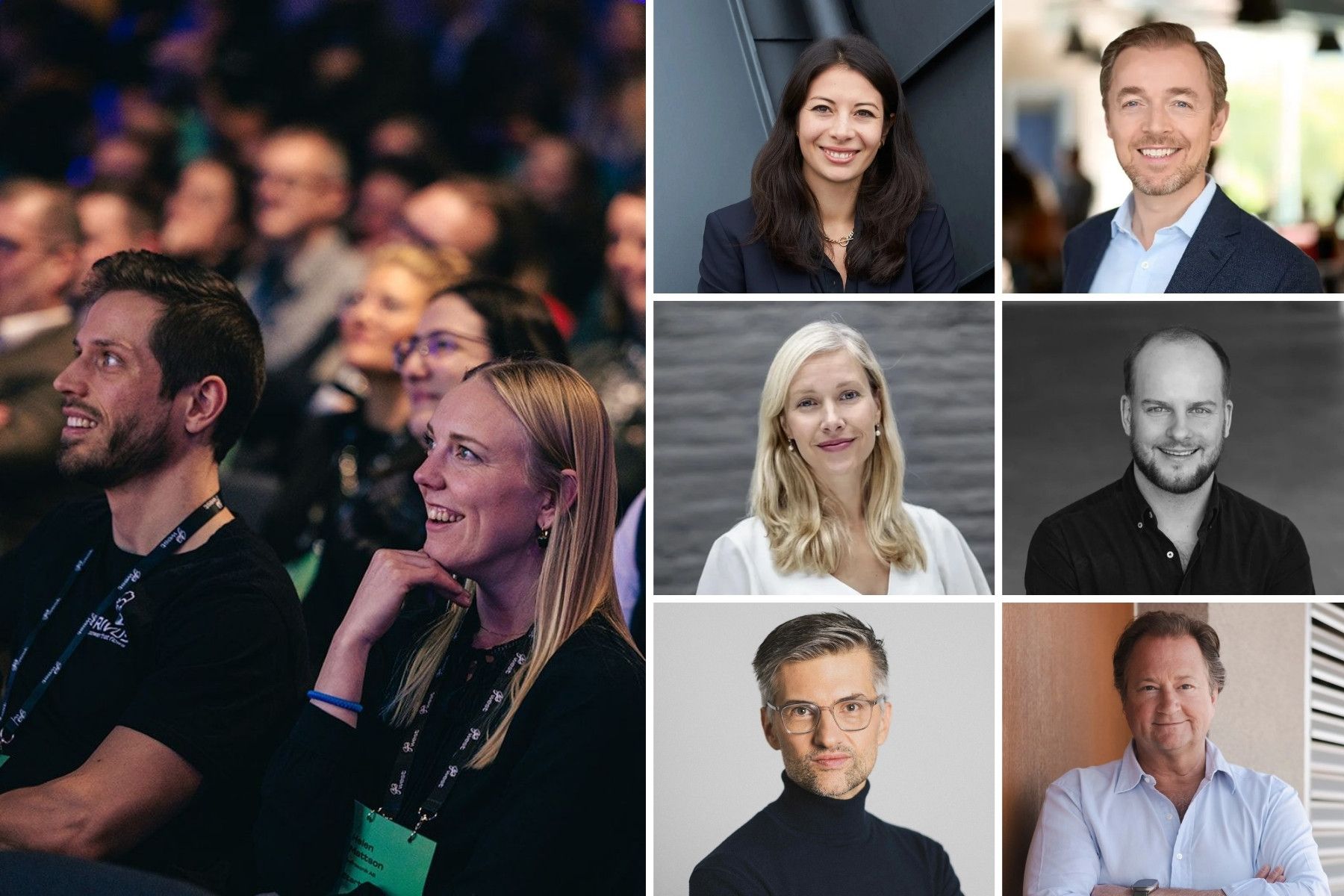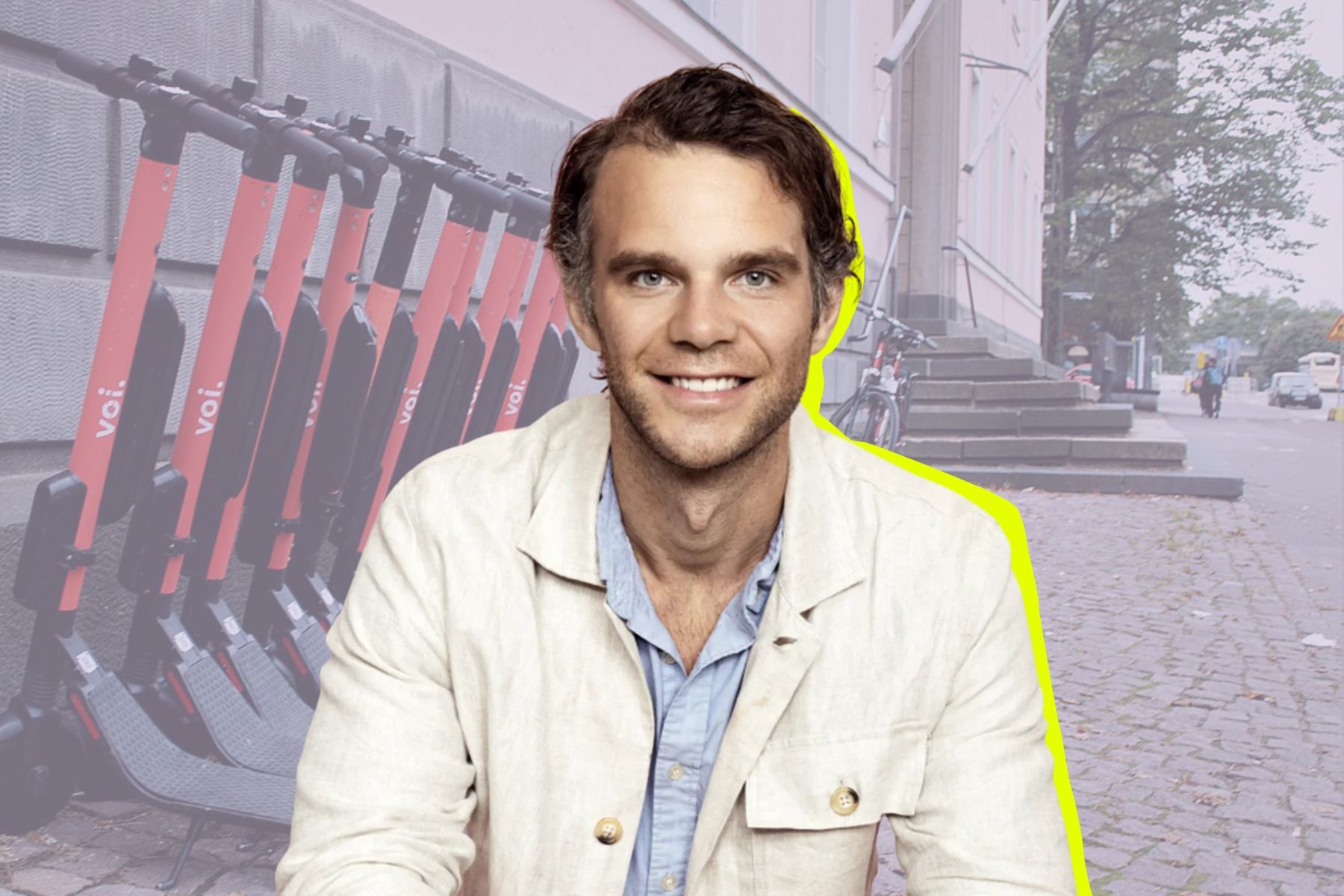From PFAS killers to reef builders: Katapult Ocean backs new wave of blue economy startups
Norwegian VC Katapult Ocean has unveiled its eighth accelerator cohort comprising 13 ocean tech startups.<br><br>The companies aren’t your typical early-stage bets. With average valuations of €25mn and technologies already showing traction, Katapult is backing founders it believes can scale fast. <br><br>"We chose those startups with the best teams and the most potential,” Anthony Bellafiore, investment manager at Katapult Ocean, tells Impact Loop – while sharing some strong opinions on the state of ocean tech investing.
.png)

Norwegian VC Katapult Ocean has announced its eighth accelerator cohort: 13 startups working on solutions from PFAS destruction and plastic recycling to cultivated seafood and reef restoration.
The startups were picked from a pool (or should I say sea) of more than 2,000 companies.
While previous cohorts have leaned heavily European, only two of the 2025 group are from the continent.
“Historically about 50-60% of our portfolio has been European, it’s just a coincidence this time round,” Anthony Bellafiore, investment manager at Katapult Ocean, tells Impact Loop.
“We chose the startups with the best teams and most potential, not where they're from,” he says.
Potential for follow-up rounds
Each startup receives an initial cheque of €150,000-€500,000, with Katapult reserving cash for follow-ons at Series A and B. Unlike many accelerators, it doesn’t fix its equity stake at entry, instead investing more heavily in later rounds.
The choice of slightly more mature companies – average valuation €25mn – reflects a pragmatic investment thesis. “Through our Deep Blue Fund I, we’re looking for a shorter time to exit – five to six years – so we’ve chosen companies already showing strong commercial traction,” says Bellafiore.
Startups are assessed with Katapult’s Ocean Impact Navigator, a framework that quantifies potential effects across industries such as tonnes of CO2 avoided in shipping, hectares of reef restored, and plastics or PFAS removed.
The 2025 cohort
The latest batch spans chemicals, food, materials, and ecosystem restoration:
- Ammobia (US) – Decarbonising ammonia production with a low-temperature, modular process.
- Brineworks (Netherlands) – Ultra-low-cost direct air capture using breakthrough electrolyzers. (Also featured on Norrsken's Impact/100 list this week)
- Bluemethane (UK) – Capturing methane from liquid waste streams for energy recovery.
- Aquaria (US) – Atmospheric water generators decentralising clean water supply.
- Hohonu (US) – Flood prediction with low-cost, solar-powered water sensors.
- Birch Biosciences (US) – AI-designed enzymes for closed-loop plastic recycling.
- Aquagga (US) – Hydrothermal systems to destroy PFAS “forever chemicals.”
- Soarce (US) – Seaweed-based nanocellulose coatings for stronger, lighter composites.
- Living Ink Technologies (US) – Carbon-negative pigments made from algae waste.
- Archireef (Abu Dhabi) – 3D-printed reef tiles and eco-engineering for habitat restoration.
- Clearbot (Hong Kong) – Autonomous, all-electric boats cleaning up marine debris.
- Healthy Seaweed Co. (Tanzania) – Seaweed superfoods tackling malnutrition and empowering farmers.
- Atlantic Fish Co. (US) – Cultivated seafood platform producing sustainable protein.
Ocean tech remains overlooked
While Bellafiore is optimistic about Katapult’s newest cohort, he believes the blue economy remains overlooked in climate investing – despite the ocean playing a central role in regulating global emissions and sustaining biodiversity.
“It’s always puzzled us that ocean tech isn’t seen as climate tech,” he says.
Bellafiore thinks the issue isn’t market potential, but that the seas still remain relatively out of sight, out of mind in general.
“The blue economy is massive – shipping, fishing, aquaculture – it’s not a lack of customers,” he says. “It’s a lack of awareness. People don’t see the urgency because most don't interact with the ocean in the same way that they do with the land."
Many ocean tech solutions are hardware-based, making them capex-intensive and risky for traditional VC.
“Blended finance models – mixing dilutive and non-dilutive capital – are starting to help, but it’s nowhere near the levels we see in climate tech,” says Bellafiore.
Pictured top: Joseph Perryman (Brineworks), Dhileep Sivam (Aquagga), Gudfinnur Sveinsson (Brineworks), Louise Parlons Bentata (Bluemethane), Vriko Yu (Archireef), Sidhant Gupta (Clearbot), Nancy Iraba (Healthy Seaweed), Antony Bellafiore (Katapult Ocean).
Get full access to Europe's new platform for impact news
- Quality journalism, interviews, investor profiles and deep-dives
- Daily newsletter with top stories, latest funding rounds and roundup to keep you in the loop
Keep reading – get in the loop!
- Håll dig i loopen med vårt dagliga nyhetsbrev (gratis!)
- Full tillgång till daglig kvalitetsjournalistik med allt du behöver veta inom impact
- Affärsnätverk för entreprenörer och investerare med månatliga meetups
Fortsätt läsa – kom in i loopen!
- Håll dig i loopen med vårt dagliga nyhetsbrev (gratis)!
- Full tillgång till daglig kvalitetsjournalistik med allt du behöver veta inom impact
- Affärsnätverk för entreprenörer och investerare med månatliga meetups








